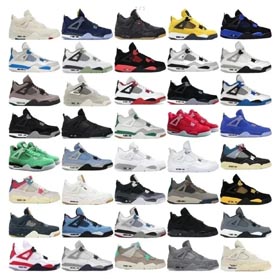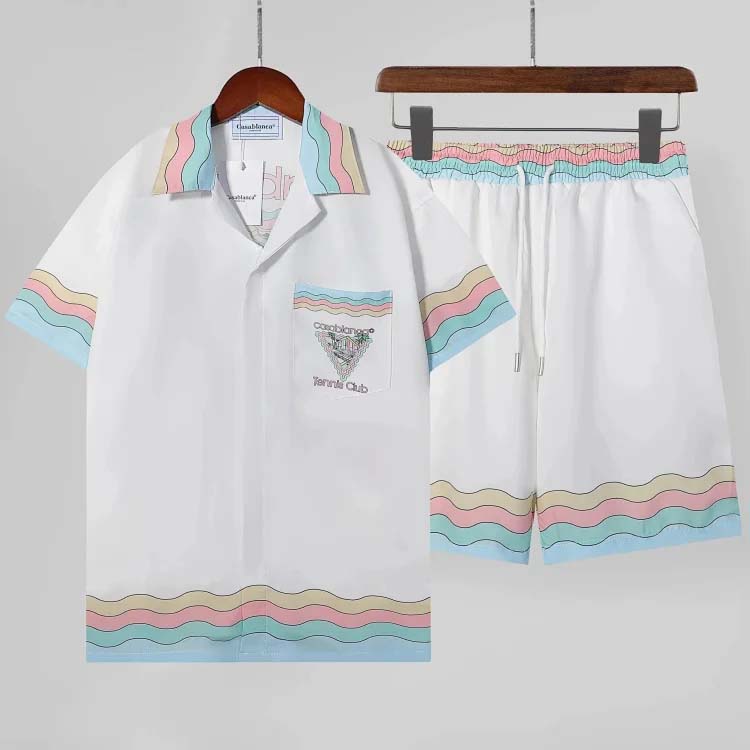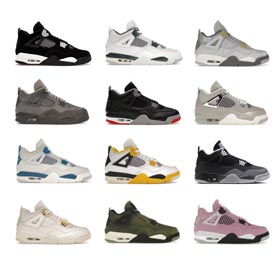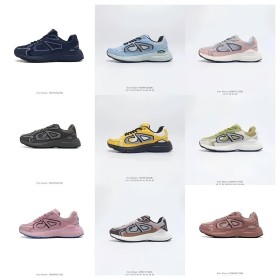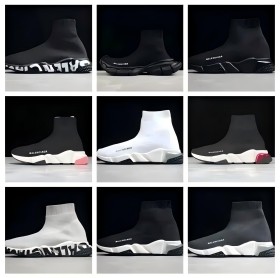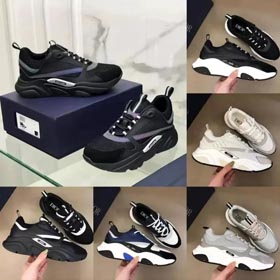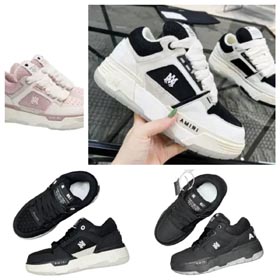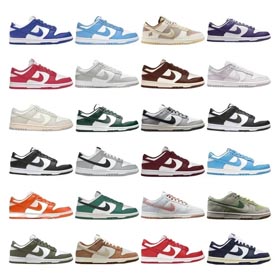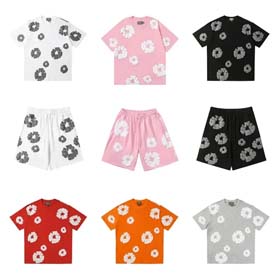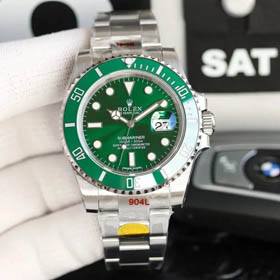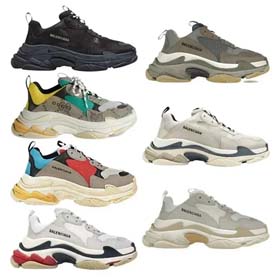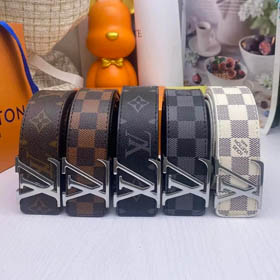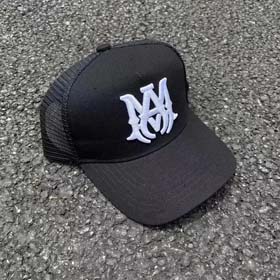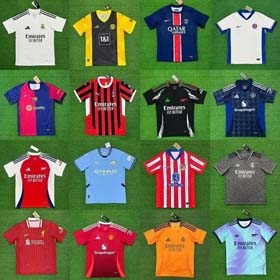Cross-border purchasing, or "daigou," for Oopbuy Shoes presents a lucrative opportunity for resellers. However, the challenges of selecting trending styles and navigating international size conversions can be significant. An organized strategy, powered by a custom Oopbuy Spreadsheet, is the key to maximizing profits and minimizing risks. This guide will walk you through building a data-driven sourcing plan.
Phase 1: Strategic Style Selection & Market Analysis
The first step is to move from guessing to data-informed decision-making. Your Oopbuy spreadsheet will be the central hub for this analysis.
1.1 Identify High-Demand Shoe Categories
Create a sheet in your spreadsheet titled "Market Research." Use it to track:
- Trending Styles:
- Brand Analysis:
- Price Points:
- Brand Analysis:
By updating this sheet regularly, you can identify patterns and predict which styles will sell best in your target market.
1.2 Source Products from Oopbuy
Once you have a target list, it's time to source. Visit Oopbuy's official website
Incorrect sizing is the number one cause of returns and customer dissatisfaction in shoe daigou. Your spreadsheet is your defense against this. Create a core sheet named "Size Conversion." Its columns should include:Phase 2: Mastering Size and Fit Conversion
2.1 Build a Size Conversion Matrix
| Oopbuy Size (EUR) | US Men | US Women | UK | Foot Length (cm) | Fit Notes (e.g., Runs Small) |
|---|---|---|---|---|---|
| 40 | 7.5 | 9 | 6.5 | 25.0 cm | True to size |
| 41 | 8 | 9.5 | 7 | 25.5 cm | Runs narrow |
Populate this table with accurate data from Oopbuy product pages and customer reviews.
2.2 Implement a Customer Profiling System
When a customer shows interest, don't just ask for their US size. Ask for their foot length in centimeters. This is the most reliable way to match them to the correct EUR size on your conversion sheet, bypassing inconsistent sizing standards.
Phase 3: Financial Planning & Logistics Tracking
Profitability hinges on precise financial control. Your Oopbuy spreadsheet must include a Profit & Loss calculator.
3.1 Create a Cost Calculation Sheet
For every shoe model you plan to source, add a row in a "Financials" sheet with the following columns:
- Product ID/Link:Oopbuy.run
- Item Cost (USD):
- Shipping Cost (USD):
- Import Tax/Duty (USD):
- Total Cost (USD):
- Listing Price (USD):
- Platform Fee (USD):
- Net Profit (USD):
- Shipping Cost (USD):
Using simple formulas, the spreadsheet will automatically calculate your profit margin for each pair, ensuring you only source profitable items.
3.2 Track Orders and Inventory
Use an "Order Log" sheet to track each purchase. Columns should include Order Date, Oopbuy Order ID, Product, Size, Customer Name, Status (Ordered, Shipped, Received), and Tracking Number. This provides a clear overview of your ongoing operations.
Conclusion: From Spreadsheet to Successful Business
A well-structured Oopbuy Spreadsheetwww.oopbuy.run

